What is the difference between Deep Learning and Machine Learning? - iWONDER
The world we live in gets carried away with buzzwords easily. From AI to blockchain, companies are quick to become intrigued by the new possibilities that technological innovations offer.
Among such trends have been machine learning and, more recently, deep learning. But what is machine learning, and how is deep learning different from it?
To get a better and clearer understanding of the "mapping" of these concepts, it's helpful to think of machine learning as a more cutting-edge division of artificial intelligence — another buzzword that has been going around and sweeping industries for quite some time now. And while machine learning is a subset of AI, it takes the concept of smart technology away from rigid algorithms toward more agility and, in a way, a resemblance of a human brain in how it "thinks." Essentially, machine learning is a method of feeding the machine data that it studies and learns, identifies patterns in, and predicts outcomes for based on the real-life data it was given to begin with.
To put it this way, machine learning is a unique type of artificial intelligence that allows computers to learn without the necessity to program them explicitly in the first place because the algorithms grow and develop independently when they're exposed to new data.
Deep learning, in turn, is another subset of machine learning — but more sophisticated and complex in how it operates. When we say deep learning, we really imply a set of neural networks that undergo this self-learning process based on the data the machine is fed; the neurons comprising the network learn to decide which features work best to accomplish a given task or classify data. Over time, deep learning improves the probability of an accurate classification or prediction after many iterations of the "learning" process: Like a human brain, deep networks can learn from their own mistakes. With deep learning, there is more than one layer in the neural network; so at the end of the day, the question is not how to differentiate between machine learning and deep learning. In reality, deep learning is a subset of machine learning that's more complex and capable.
Your business can apply deep learning to any type of data — from audio, video and speech to images and written words — to predict outcomes and draw conclusions just like a human brain would, but infinitely faster.
Every day, we hear about new tech giants deploying machine learning and leading research labs developing algorithms based on deep machine learning to push the borders of technological breakthroughs. Google has already begun implementing machine learning algorithms in its technology in Gmail, Google Search and Google Maps among the multitude of services the tech mammoth offers today. Priority Inbox is now able to automatically spot important messages and cluster them separately from the inbox by learning what matters to the user over time; Smart Reply is quick to offer typical responses to emails.
The same logic is behind the Google Search and Google Maps programs many of us use on a daily basis. Maybe it feels intuitive and seamless, but machine learning is an integral part of the smooth search experience we are all so used to: The system "guesses" magically what we intend to search for, but the truth is, it's not really "magic." It's a smart system that is informed about our past searches and anticipates what we might be searching for when we start typing the query.
Machine learning also stands behind the highly customized user experience that Netflix offers its members. The company reports investing heavily in machine learning to continually improve its recommendation system that studies and caters to the users' taste and preferences in streaming content and suggesting smart recommendations on what to watch next. Netflix also uses its findings from prototyping and A/B testing to enrich its content library of proprietary movies and invest in the production of content that will appeal to its audience.
Beyond entertainment and personalization, deep learning is also the "brain" behind the rise of autonomous vehicles like Drive.ai's with independent navigation systems. Thanks to deep learning's ability to learn and classify data, autonomous cars can use sensors to learn to recognize various obstacles, such as pedestrians, road closures, road constructions and many others, and ensure that the car reacts to the obstacle appropriately. It's not just about optimizing the safest and most efficient routes, either: Self-driving cars seem to be improving in their ability to manage situations in which even human drivers could find themselves struggling. From rain to storms and other unexpected weather conditions, autonomous cars get better at becoming the perfect transportation as the data they are trained on increases in sheer size.
Of course, with the current culture in which businesses get enamored with each new technology that is created, it's easy to fall prey to the allure of the cutting-edge technologies the industry is raving about in the moment. But in case of machine learning and deep learning specifically, I believe the hype is well deserved and truly highlights the promise for companies that comes with such a breakthrough. To incorporate this technology in your business, it's very important to clearly picture the map that takes the industry from artificial intelligence to machine learning and now to deep learning with a multitude of neural networks.
And each day, we get closer to replicating the flexible and agile manner of thinking that the human brain has — except much, much faster.
Bütün xəbərlər Facebook səhifəmizdə


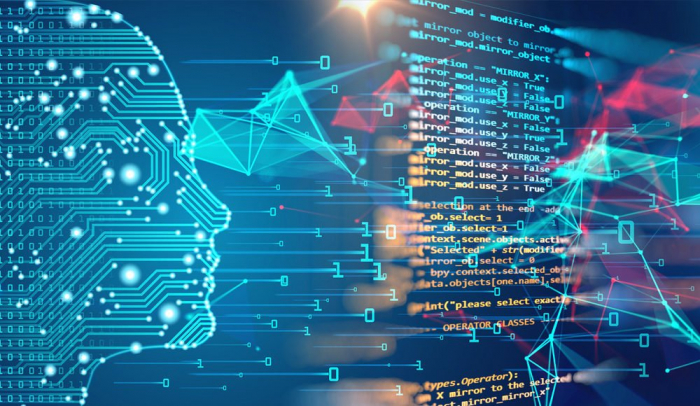




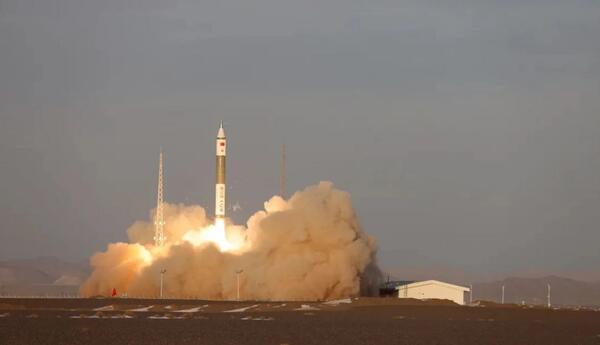



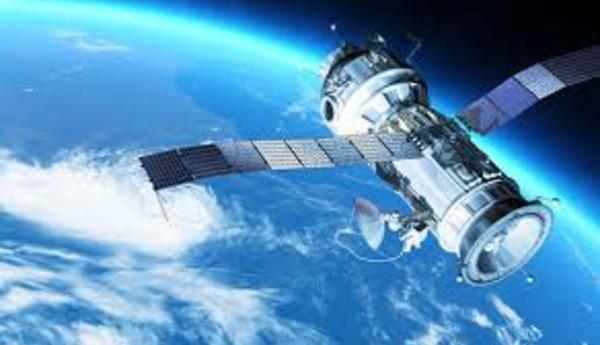



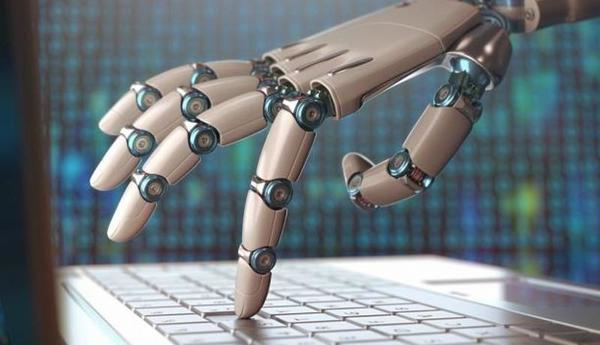


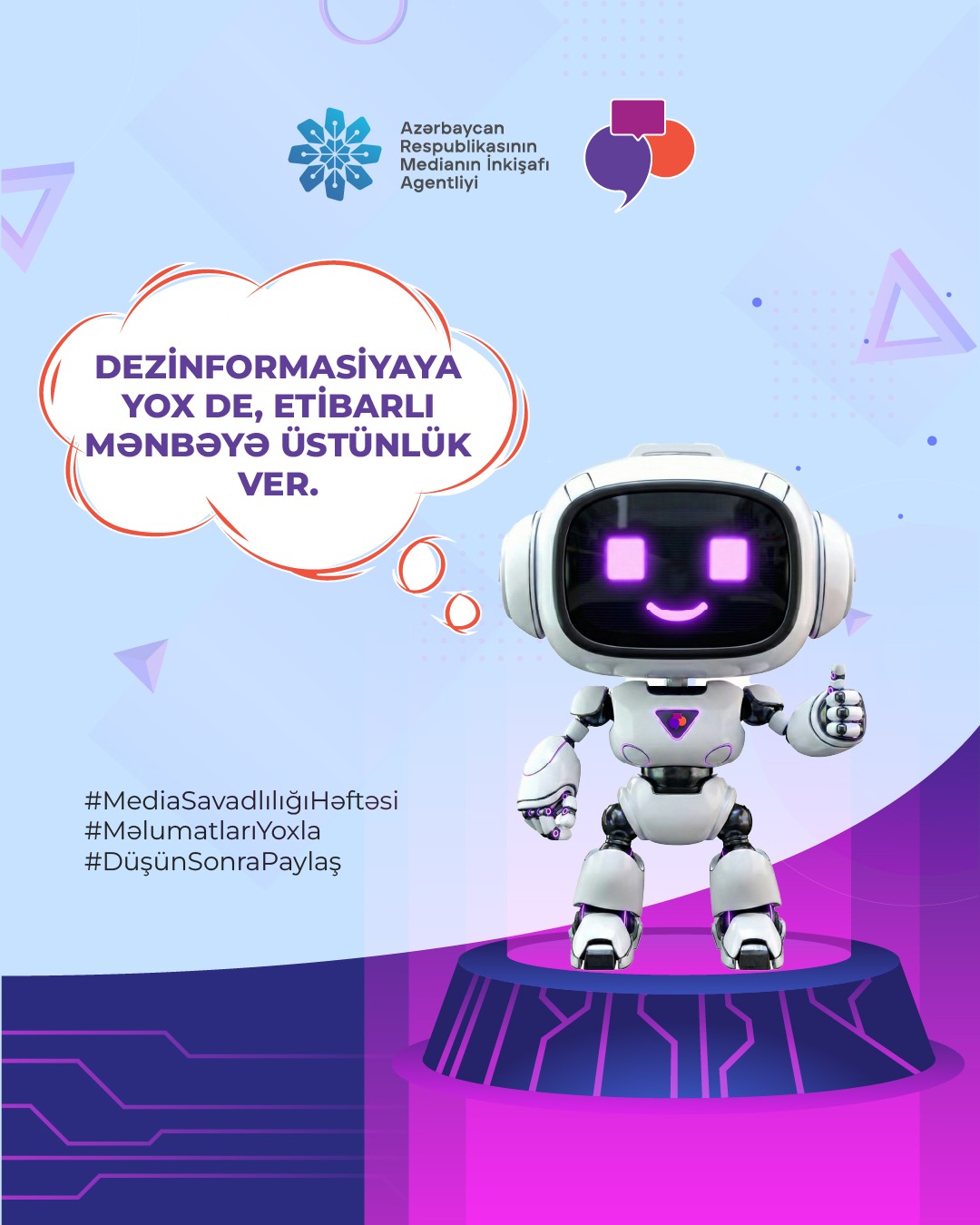











 USD
USD
 EUR
EUR
 GBP
GBP
 RUB
RUB